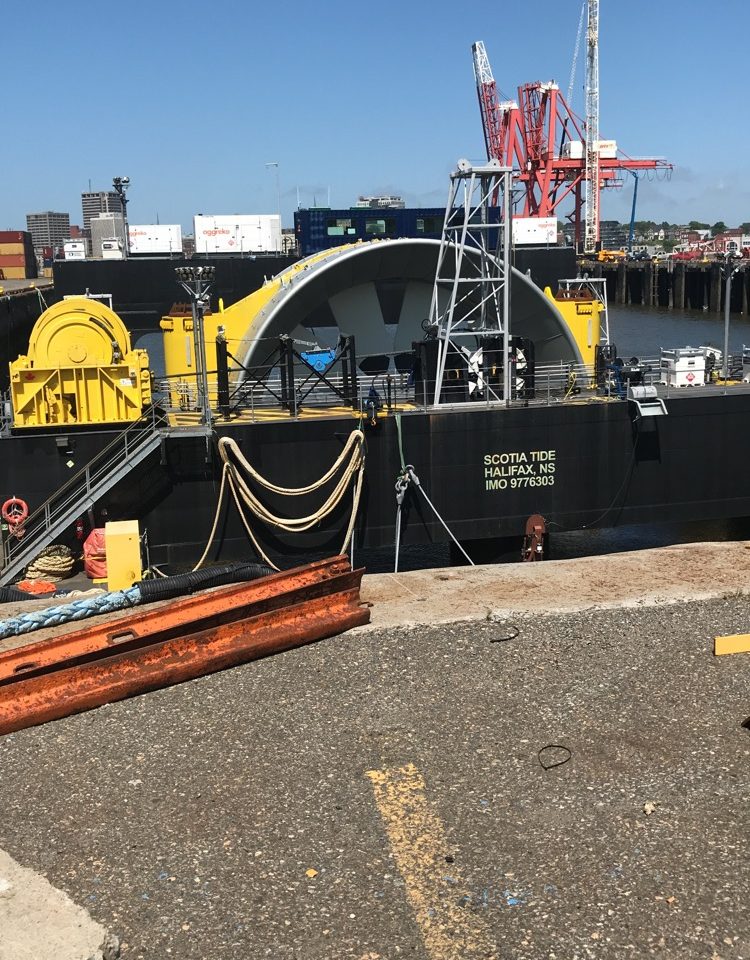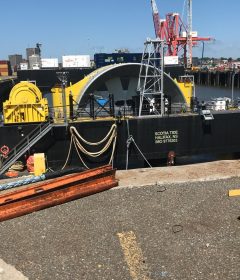Aquaculture & Fisheries
-
Wave Energy
The world’s tides, ocean waves and river currents all contain kinetic and potential energy that can be used to drive turbines and produce electricity—reducing our dependence on fossil fuels. The energy in waves comes from the movement of the ocean and the changing heights and speed of the swells. Waves get their energy from the wind. The wind comes from solar energy. Waves gather, store, and transmit this energy thousands of miles with little loss. As long as the sun shines, wave energy will never be depleted. Wave power is renewable, green, pollution-free, and environmentally invisible, if not beneficial, particularly offshore.
-
Tidal Energy
Tidal energy is a renewable source of electricity which does not result in the emission of gases responsible for global warming or acid rain associated with fossil fuel generated electricity. Unlike wind and waves, tidal currents are far more predictable and reliable. We can predict the movement of the tides today, tomorrow, and in 300 years from now. Tidal barrages are undersea tidal turbines, like wind turbines but driven by the sea, harnessing undersea currents. Tidal turbines do not have to spin as fast as windmills to generate power, because water is roughly 800 times denser than air. Energy can be harnessed from the tides in two ways: using the change in height of the tides, and using the flow of the water.
-
Machine Health Monitoring
Hydrophones can be used to monitor the health of underwater machinery. Attaching a hydrophone is not only beneficial for monitoring the health of the machine, but also for the operator as the hydrophone becomes an additional sensor. The hydrophone as a sensor can help provide direction as sound will indicate when the operator has run the machine into an object underwater and has to manoeuvre around it.
The Ocean Observatories Initiative (OOI) Regional Scaled Nodes (RSN) had requirements for very broadband hydrophones with good noise floor characteristics and a wide dynamic range. The icListen HF hydrophones satisfied these requirements at a reasonable cost. The hydrophones were quite easy to use out of the box, and easily passed our intensive First Article tests centered on assuring any instrument will not interfere with or corrode any other instrument. Customer support has been quite good, with very detailed questions answered quickly and accurately.
Skip Denny Principal Ocean Engineer, RSN Applied Physics Lab, University of Washington.






